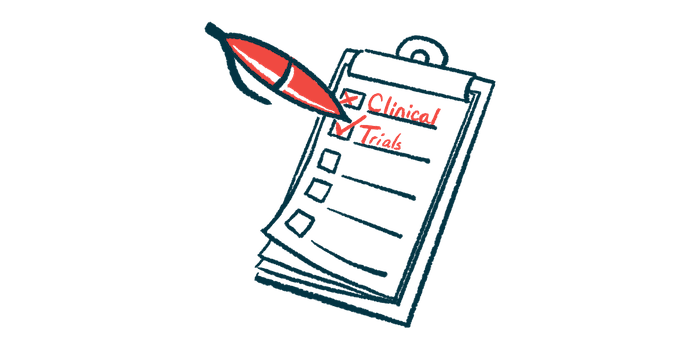Lupkynis protects kidneys in lupus nephritis patients for up to 3 years
The therapy is an oral medication approved in US, UK, and EU
Written by |

Lupkynis (voclosporin) continues to be safe and to protect kidney function when taken for up to three years by patients with lupus nephritis, a kidney complication of lupus.
That’s according to the full results from AURORA 2 (NCT03597464), a Phase 3 extension study that evaluated how safe and well tolerated Lupkynis is and how well it works on top of standard treatment.
In AURORA 2, patients continued to take Lupkynis for two years after completing AURORA 1 (NCT03021499), where they’d been randomly assigned to it or a placebo for one year. The two Phase 3 studies were sponsored by Aurinia Pharmaceuticals, which developed and markets Lupkynis.
“The results of this extension study reinforce the long-term safety and effectiveness of Lupkynis to stabilize kidney function in those diagnosed with [lupus nephritis], a debilitating, yet common complication that occurs in about half of people with lupus,” Greg Keenan, MD, Aurinia’s chief medical officer, said in a company press release.
Trial results were reported in “Safety and efficacy of long-term voclosporin treatment for lupus nephritis in the Phase 3 AURORA 2 clinical trial,” which was published in Arthritis & Rheumatology.
Effect of Lupkynis on eGFR, UPCR
Lupus nephritis is a complication where the immune system mistakenly attacks the kidneys, resulting in chronic inflammation. This can damage the kidneys and cause them to stop working as well.
Lupkynis is an oral medication approved in the U.S., the European Union, and the U.K. for adults with active lupus nephritis when given along standard-of-care treatments that include mycophenolate mofetil and low-dose corticosteroids.
The medication blocks a protein called calcineurin, reducing inflammation and helping to stabilize kidney cells.
Of the 357 patients who took part in AURORA 1, about two-thirds (216) rolled over into AURORA 2 and continued to take Lupkynis or a placebo twice daily alongside standard treatments.
Most (78.4%) were taking 23.7 mg of Lupkynis at the end of AURORA 1. That same dose was taken by almost half (49.1%) of patients at the end of AURORA 2. Corticosteroids continued to be tapered in more than 75% of the patients in both groups.
The mean estimated glomerular filtration rate (eGFR), which measures how much blood the kidneys clean every minute based on body size, or how well they work, remained stable over time and within the normal range for both groups.
However, eGFR didn’t decline as much in the Lupkynis group as it did in the placebo group. This meant that over the two years of AURORA 2, kidney function was protected in the Lupkynis group, but worsened in the placebo group.
The mean urine protein creatinine ratio (UPCR), which measures the amount of proteins and creatinine (a waste product) in the urine to check for kidney damage, also remained lower in the Lupkynis group.
“Proteinuria [presence of proteins in urine], a defining part of the characterization of chronic kidney disease, often precedes a decline in kidney function and is associated with progression to kidney failure,” said Amit Saxena, MD, an associate professor at New York University Grossman School of Medicine who led the study.
Kidney failure occurs at the final stage of kidney disease, when the kidneys can no longer work on their own.
“Reductions in proteinuria are critical for slowing or stopping progression to end-stage kidney disease and improving long-term outcomes for [lupus nephritis] patients,” Saxena said.
These reductions contributed to more frequent complete renal responses in the Lupkynis group than in the placebo group (50.9% vs. 39%), consistent with previous findings from other studies. Complete renal response is a composite measure that takes into account kidney function, proteinuria, and the need for rescue medication or higher doses of corticosteroids.
Most (86.1%) patients completed AURORA 2 without any new or unexpected side effects. While side effects occurred in both groups (86.2% vs. 80%), they were similar to those in AURORA 1 and occurred less frequently.
“This analysis confirms the safety, tolerability, and efficacy of [Lupkynis] reported previously, with no new or unexpected safety signals observed with an additional two years of treatment,” the researchers wrote.
“We are proud of our sustained research in autoimmune diseases like lupus and remain committed to helping improve kidney health for people living with lupus nephritis,” Keenan said.






